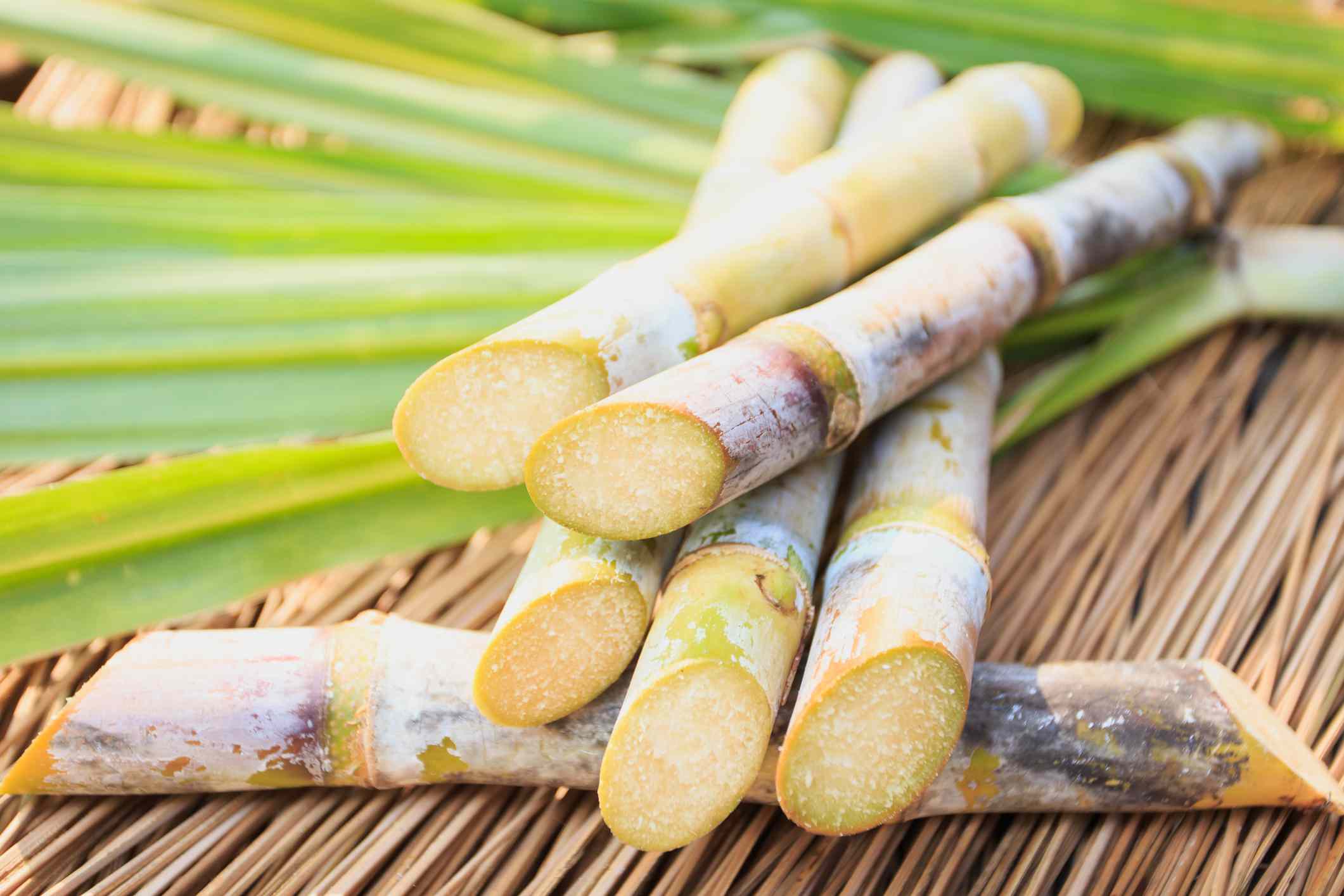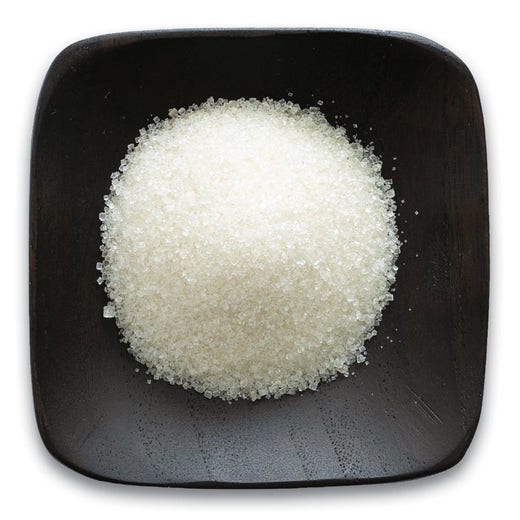Checking Out the Comprehensive Steps Associated With Walking Cane Sugar Handling From Collecting to Improvement
The process of cane sugar manufacturing encompasses a series of detailed steps, starting with the mindful harvesting of sugarcane and finishing in the improvement stages that make certain the end product satisfies sector standards. Each phase, from the removal of juice to the filtration and crystallization procedures, plays an important role in figuring out the high quality and character of the sugar. Recognizing these stages not only highlights the complexity of sugar production yet likewise elevates important inquiries concerning performance, sustainability, and innovation in the sector. What implications do these variables have for future methods?
Collecting Sugarcane
Harvesting sugarcane is a critical action in the walking cane sugar processing chain, as it straight affects the quality and return of the end product. Appropriate timing and strategies are important during this stage to make certain optimum sugar material and lessen losses. Typically, sugarcane is gathered when it reaches maturity, typically 12 to 18 months after planting, characterized by a high sucrose concentration.

Post-harvest, the sugarcane has to be refined quickly to stop sucrose destruction. Ideally, gathered walking stick should be delivered to refining facilities within 24 hr to preserve sugar high quality. Consequently, reliable logistical preparation is crucial to keep the honesty of the harvested plant throughout the supply chain.
Removal Process

The crushed cane undergoes a series of pressing operations to make best use of juice recovery. Commonly, warm water is sprayed onto the smashed cane, developing a countercurrent circulation that aids dissolve the sugar while also assisting in the extraction process. The juice gathered from this procedure consists of not only sugar yet additionally various natural substances and contaminations.

To enhance extraction effectiveness, some centers might employ diffusion approaches, where the sugarcane is saturated in warm water, enabling the soluble sugars to diffuse into the fluid. The resulting juice, rich in sucrose, is then directed to subsequent processing stages, laying the structure for filtration and refinement. The removal procedure is hence essential in determining the high quality and yield of the last sugar product.
Purification Methods
The purification methods employed in cane sugar handling are vital for transforming the raw juice right into a high-grade sugar product. These techniques mainly aim to get rid of pollutants, such as soil, plant materials, and inorganic materials, which can detrimentally affect the end product's flavor and color.
Among one of the most common purification techniques is explanation. This process entails adding lime and heat to the raw juice, which helps with the coagulation of pollutants. The resulting precipitate is after that gotten rid of through sedimentation or filtering, producing a more clear juice. Additionally, using phosphoric acid can enhance the information procedure by more binding pollutants.
One more significant method is carbonatation, where carbon dioxide is introduced to the cleared up juice. This reaction generates calcium carbonate, which captures remaining contaminations and advertises their removal.
Additionally, turned on carbon treatment might be related to adsorb any kind of continuing to be colorants and natural impurities, guaranteeing an extra polished product. The mix of these methods successfully prepares the sugar juice for succeeding action in the refining process, establishing the phase for the production of top quality walking stick sugar.
Crystallization Techniques
After the purification phase, the following important action in walking stick sugar handling involves condensation techniques, which play a pivotal role in changing the made clear juice into solid sugar. This process generally employs two primary techniques: spontaneous crystallization and regulated formation.
In spontaneous formation, supersaturated sugar remedies are enabled to cool naturally, leading to the development of sugar crystals over time. This approach allows for the uniform growth of sugar crystals and higher pureness.
Throughout formation, the cleared up juice is focused via dissipation, boosting its sugar web content until it gets to supersaturation. When this point is achieved, either method can promote the condensation process. Cane Sugar Processing. The resultant sugar crystals are after that divided from the staying syrup through centrifugation
Eventually, the option of formation approach affects the quality, dimension, and pureness of click this the last sugar product, making this step crucial in the overall walking stick sugar processing her response procedure.
Improvement and Packaging
How can the purity and high quality of walking stick sugar be better enhanced after crystallization? The improvement procedure plays a vital function in attaining high-grade cane sugar.
Following, the sugar goes through a procedure called centrifugation, where it is rotated at high rates to separate the cleansed sugar crystals from the remaining fluid. After centrifugation, the sugar is usually more improved via a method called carbonization or phosphatation, which uses triggered carbon or phosphoric acid to remove shade and off-flavors.
When fine-tuned, the sugar is dried out to attain the desired moisture content, making sure that it remains stable throughout storage and transportation. The last step involves product packaging the polished sugar in airtight and moisture-proof containers to keep its high quality and prevent contamination. Cane Sugar Processing. Correct packaging not only expands life span however also assists in very easy handling and distribution, making sure that consumers get sugar that fulfills the highest possible standards of pureness and high quality
Final Thought
The comprehensive actions associated with cane sugar handling, from the careful harvesting of sugarcane to the detailed improvement and product packaging phases, underscore the importance of each phase in making certain premium sugar manufacturing. Ideal harvesting strategies, efficient removal methods, and strenuous filtration processes collectively add to the end product's purity and stability. The condensation and succeeding packaging practices further boost the honesty and shelf life of the sugar, highlighting the complexity and precision fundamental in this essential agricultural market.
The procedure of walking stick sugar production encompasses a series of recommended you read detailed steps, starting with the cautious harvesting of sugarcane and culminating in the refinement stages that make sure the final product satisfies sector requirements. Preferably, harvested walking stick needs to be carried to refining centers within 24 hours to maintain sugar high quality.In spontaneous condensation, supersaturated sugar services are permitted to cool down normally, leading to the formation of sugar crystals over time - Cane Sugar Processing. The refinement procedure plays an important duty in accomplishing premium cane sugar.The extensive actions included in walking cane sugar handling, from the precise harvesting of sugarcane to the detailed improvement and packaging stages, emphasize the relevance of each stage in making sure high-grade sugar manufacturing